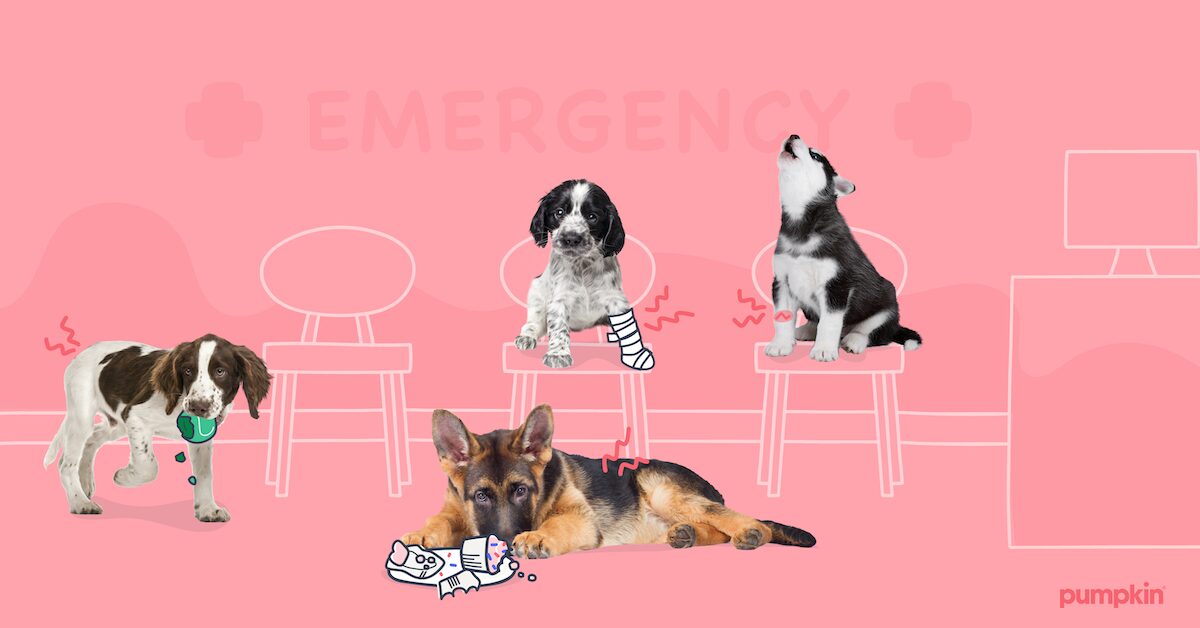A chewed-up pair of shoes; garbage knocked onto the floor and then quickly eaten; a scrap with another dog at the dog park – these are just a few incidents puppy parents may experience in their lifetime.
Sometimes, our mischievous pups get off scot-free, but other times, their antics land them in the emergency room. Vet bills for sudden emergencies can add up fast, sometimes leaving puppy parents with the difficult realization that they can’t afford the care their pup desperately needs.
As a pet insurance provider, this is something we wish more pet parents knew about, so it got us thinking – What are some of the most common accidents we see from puppies? And how can we educate puppy parents on them before it’s too late?
We analyzed a year’s worth of insurance claims data** and – Voila! We present to you the most common puppy incidents we see, how to spot the signs, and most importantly – how to help avoid them.
1. Swallowed objects – no surgery needed
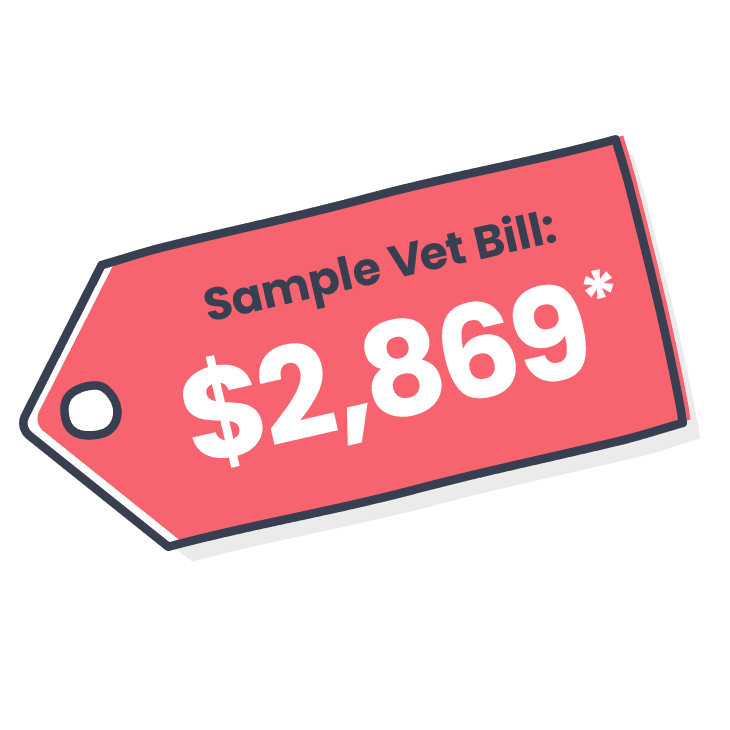
Weighing in at #1 on our list of most common puppy accidents are swallowed objects! Swallowed foreign objects – or foreign body ingestion – is just another way of saying your puppy ate something they really shouldn’t have. While it’s the most common accident, luckily it might be able to be treated without surgery.
Whether that’s a sock, a toy, or even a stick from the yard, you’d be surprised how many objects puppies manage to gobble up! Sometimes, these objects get lodged in their mouth, esophagus, or stomach and need to be removed to prevent further injury or infection.
Oftentimes, the veterinarian will judge if the swallowed item can pass through your dog’s system naturally, or if they have to induce vomiting. Your vet may assess the situation with an x-ray or digital imaging scan to decide the best course of action. In more serious cases, a non-surgical procedure called an endoscopy might be required to remove the item.
How to spot the signs:
How to help prevent it:
- Puppy-proof your home complete with a designated “puppy zone” free from wires, cleaning products, and other hazards.
- Practice crate training when you’re not home.
- Keep an eye on your puppy at all times whether they’re loose at home, at the park, or on a walk.
2. Toxin ingestion or poisoning
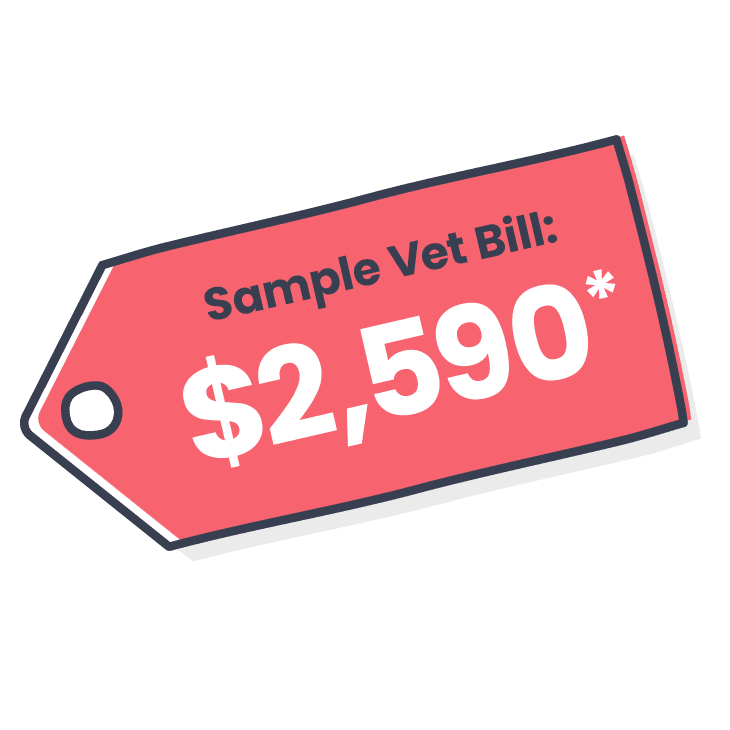
Puppies like to eat everything they can get their chompers on. Sometimes our puppies are lucky and eat something relatively harmless. Other times, they aren’t so lucky and swallow something toxic or poisonous.
This could be anything from toxic human foods accidentally dropped on the floor to rat poisoning on a city street – this is why it’s extremely important to keep an eye on your dog at all times. It only takes a split second for them to snarf down something dangerous.
If you suspect your pup has ingested something toxic, you should immediately call the Pet Poison Helpline at 855-764-7661, or ASPCA Animal Poison Control at 888-426-4435. They will help you figure out what to do next. If they judge your pup’s in trouble and needs immediate treatment, be ready to head to your veterinarian or to take them to the emergency vet quickly. If you know what they ingested, it’s a good idea to take a picture of the ingredient label to help your vet figure out what is happening in your pup’s body.
Tip: Pumpkin Pet Insurance plans cover eligible poison control hotline fees, so you have help getting your puppy the care they need.
How to spot the signs:
- Vomiting
- Diarrhea
- Bloody stool
- Excessive drooling
- Loss of appetite
- Labored breathing
- Falling over/collapsing
How to help prevent it:
- Puppy-proof your home with a designated “puppy zone” free from wires, cleaning products, and other hazards.
- Practice crate training when you’re not home.
- Keep an eye on your puppy at all times whether they’re loose at home, at the park, or on a walk.
3. Lameness
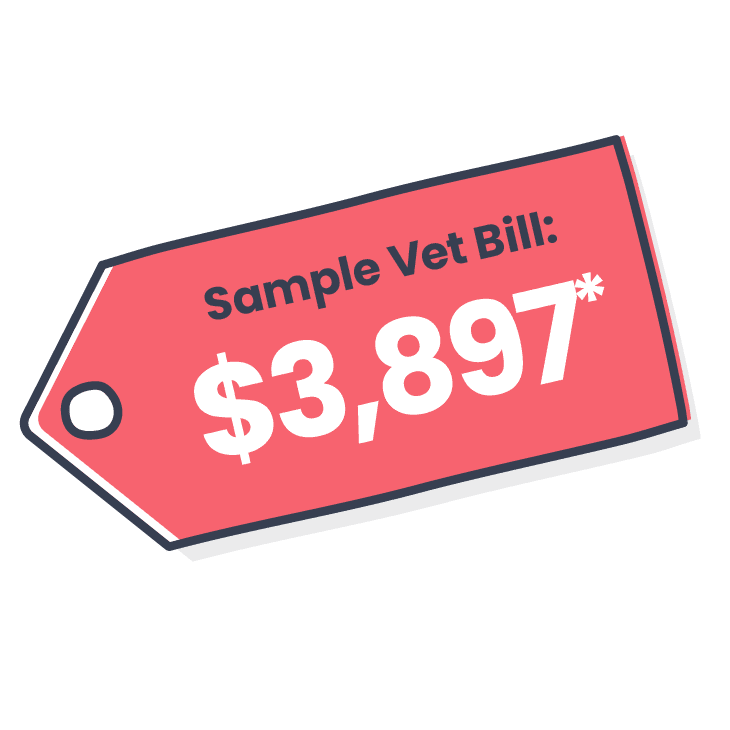
If your pup is suffering from sudden lameness, it likely means that they are limping or one of their limbs has a reduced range of motion. The cause could be as minor as a splinter in their paw or as major as a torn ligament. It can also indicate muscle or nerve damage due to an orthopedic condition like hip dysplasia or a neurological condition like IVDD.
Needless to say, lameness can occur for a number of reasons, so be sure to keep an eye out for other symptoms to help your vet get to the bottom of it. Your vet will likely do an x-ray or digital imaging scan on the parts of the body in question, as well as some blood tests if they suspect something deeper is going on.
How to spot the signs:
- Puppy is visibly in pain
- Limping or unusual gait
- Unusual posture
- Swelling or obvious injury
- Reluctance to play or exercise
- Trembling
- Falling over
How to help prevent it:
- Be mindful of your puppy’s breed and their genetic health predispositions. Your vet may recommend helpful supplements or food to support their needs.
- Don’t overdo strenuous exercise or training.
- Keep an eye on your puppy at all times whether they’re loose at home, at the park, or on a walk.
Keep up with annual wellness visits to catch illness and disease early on.
Tip: If you don’t know your pup’s exact breed mix, there are amazing dog DNA tests out there to help uncover their genetic make-up.
4. Fractured legs
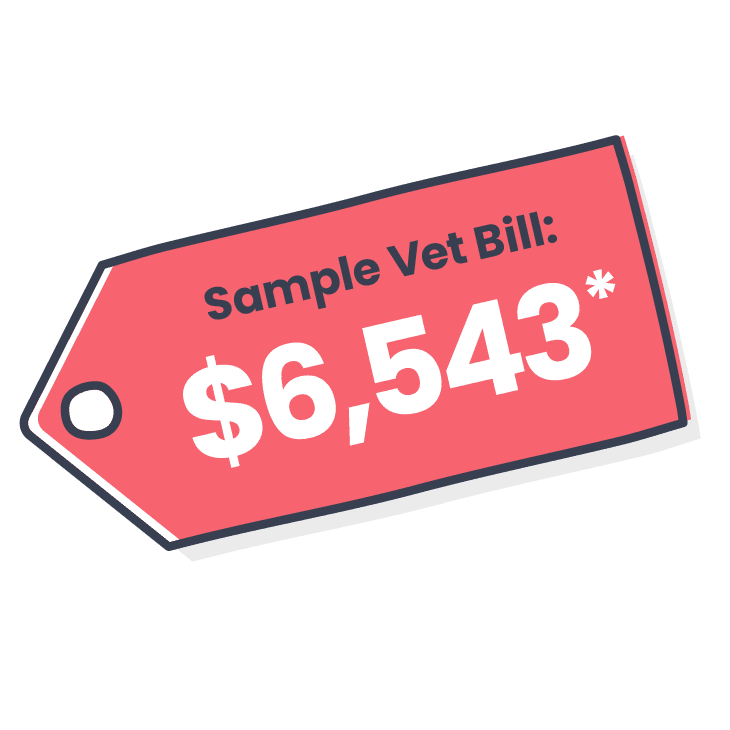
Just like human kids, our fur kids can get a little too rambunctious and break a limb. Whether they’re running, jumping, or taking a tumble on the hardwood floor, it’s not unusual for puppies to fracture their legs – especially since their bones are still developing until they stop growing.
If you suspect your puppy has fractured their leg, it’s important to take them to your vet straight away – but transport them carefully. Recovery time varies depending on the type and severity of the fracture, with treatment ranging from casts and splints to screws and pins. In severe cases, sometimes surgery may be needed. Be sure to follow up with your vet to track your pup’s improvement.
How to spot the signs:
- Whining
- Yelping
- Limping or inability to walk
- Bruising
- Visible swelling or bone protrusion
- Leg laying at an awkward angle
How to help prevent it:
- Keep an eye on your puppy at all times whether they’re loose at home, at the park, or on a walk.
- Don’t overdo strenuous exercise or training.
- Keep up with good nutrition and recommended supplements.
- Consider carpeting for slippery floors and stairs.
5. Swallowed objects – Intestinal and surgery needed
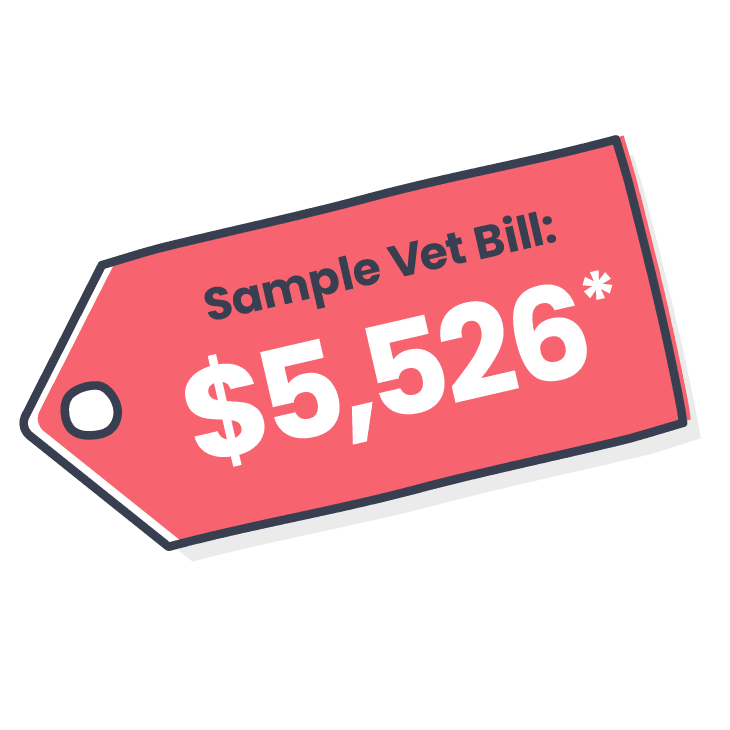
Let’s go back to our earlier swallowed object example – swallowing a sock, a toy, or even a stick in the yard – except this time, that foreign object has made its way into your puppy’s GI tract. This type of swallowed object, called an intestinal foreign object, usually requires surgery for removal.
If you think your puppy may have something lodged in their GI tract, you should take them to the vet immediately. They’ll be able to do an x-ray or digital imaging scan to determine the best course of action. Remember, this can be a time-sensitive and potentially life-threatening accident, especially if your pup has ingested something toxic or corrosive. The longer the object is stuck inside your pup, the higher the chances of damage to their intestines or esophagus.
How to spot the signs:
How to help prevent it:
- Puppy-proof your home complete with a designated “puppy zone” free from wires, cleaning products, and other hazards.
- Practice crate training when you’re not home.
- Keep an eye on your puppy at all times whether they’re loose at home, at the park, or on a walk.
6. Cuts and wounds
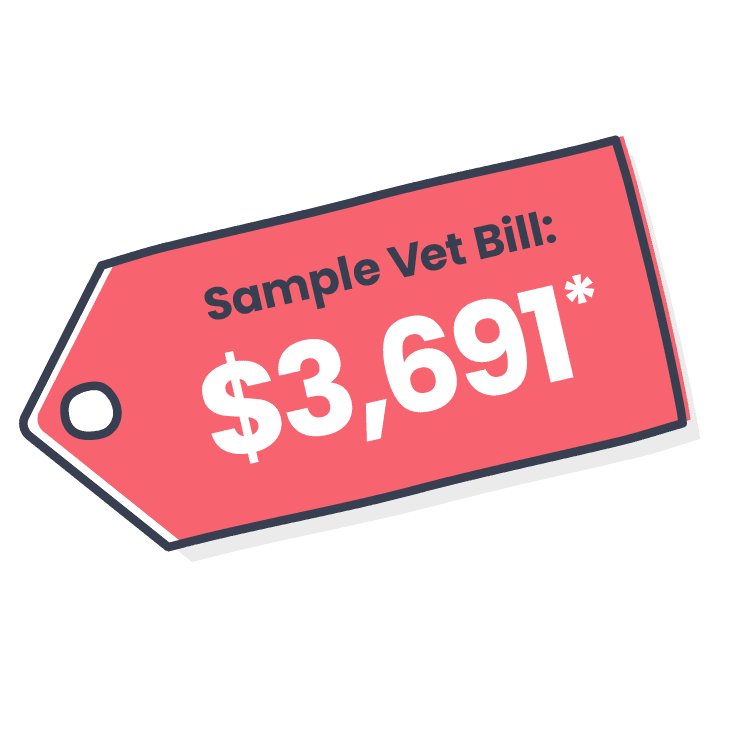
Our rambunctious pups can get various cuts and wounds from time to time. Whether they get nicked on the side of a sharp fence or step on some broken glass, if you spot blood anywhere on your sweet pup, they may have a cut that needs to be dealt with.
Depending on the severity of the cut or wound, your puppy may need something as simple as some gauze and antiseptic medication to something more serious such as stitches. You may be tempted to reach for your first-aid kit, but you’re probably better off taking them to the vet. Your vet is well-equipped to inspect the area for lodged objects, dress their wound to prevent further infection, and give your puppy medicine for the pain.
How to spot the signs:
- Visible cut
- Bleeding
- Whining
- Yelping
- Limping or inability to walk
How to help prevent it:
- Puppy-proof your home complete with a designated “puppy zone” free from wires, cleaning products, and other hazards.
- Practice crate training when you’re not home.
- Keep an eye on your puppy at all times whether they’re loose at home, at the park, or on a walk.
7. Bite wounds
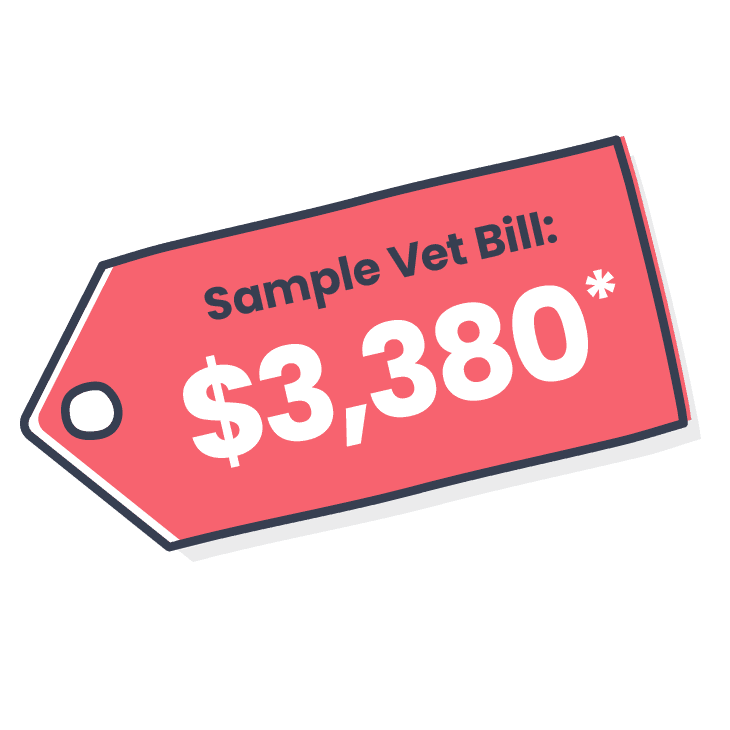
In those early days of puppy socialization, sometimes things go awry with other dogs, resulting in some nips and bites that leave your poor pup with a bite wound. Although dog bites are usually more common, puppies can also get bit by other animals such as cats or even raccoons while loose in the yard. In either case, it’s imperative that your puppy receives medical attention!
Depending on how the bite wound happened and the severity of the wound itself, there will be different treatment methods. If your pup experienced neck, face, or eye trauma, these areas tend to be more sensitive and may require more than just bandaging. If your pup was bitten by a raccoon, even if they’re up-to-date on their rabies vaccine, your vet may want to give them a booster alongside treating the wound. Regardless of the situation, a bite wound is a medical emergency you don’t want to wait on.
How to spot the signs:
- Visible wound
- Swelling and inflammation
- Pus or drainage
- Bleeding
- Whining
- Yelping
How to help prevent it:
- Socialize your puppy to avoid aggressive behaviors towards other animals.
- Keep an eye on your puppy at all times whether they’re loose at home, at the dog park, or on a walk.
- Make sure your puppy is up-to-date on their vaccinations, especially against diseases transmitted via bite wounds such as rabies.
Tip: Pumpkin Preventive Essentials can reimburse you for annual vaccinations. Though not insurance, this optional, add-on wellness package can help you pay for routine care that is vital in early puppyhood.
8. Toe fractures
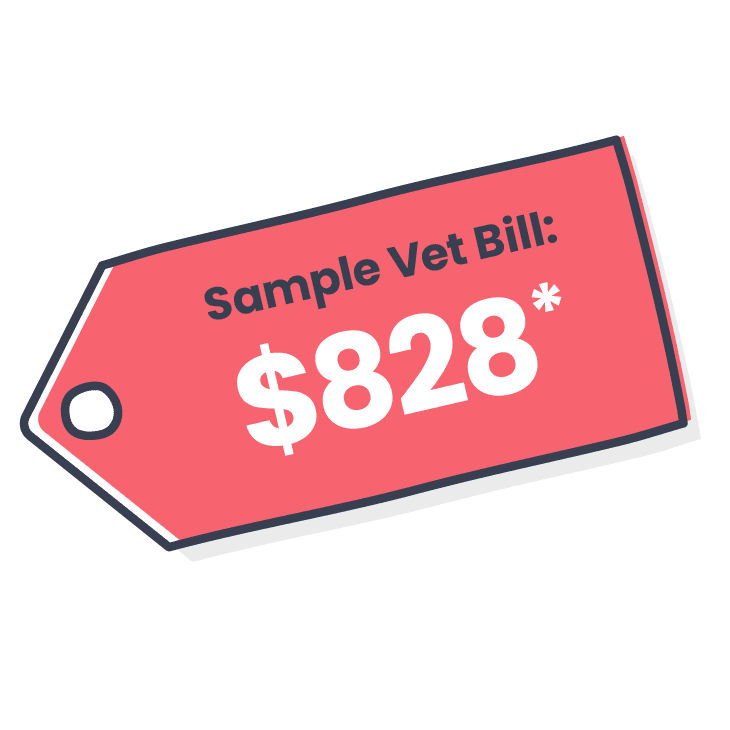
A toe fracture, known as a digit fracture, comes in at #8 on our list. Our puppies’ paws have many tiny, fragile bones that can break easily. Sometimes all it takes is an accidental step on their paw or jumping off too high of a surface to land them in the ER – this is especially true for small dogs!
Your vet will probably want to take x-rays to confirm the fracture and also the severity of the injury. In more mild cases, pups do well with a splint and minimal activity as it heals. In more severe cases, they may need surgery to realign the bone and heal in a cast or splint.
How to spot the signs:
- Limping
- Swelling of the digit
- Losing balance/instability
How to help prevent it:
- Block off danger zones in your home such as steep stairs.
- A digit fracture can be subtle or obvious, so keep an eye on your puppy at all times whether they’re loose at home, at the dog park, or on a walk.
9. Fractured toenails
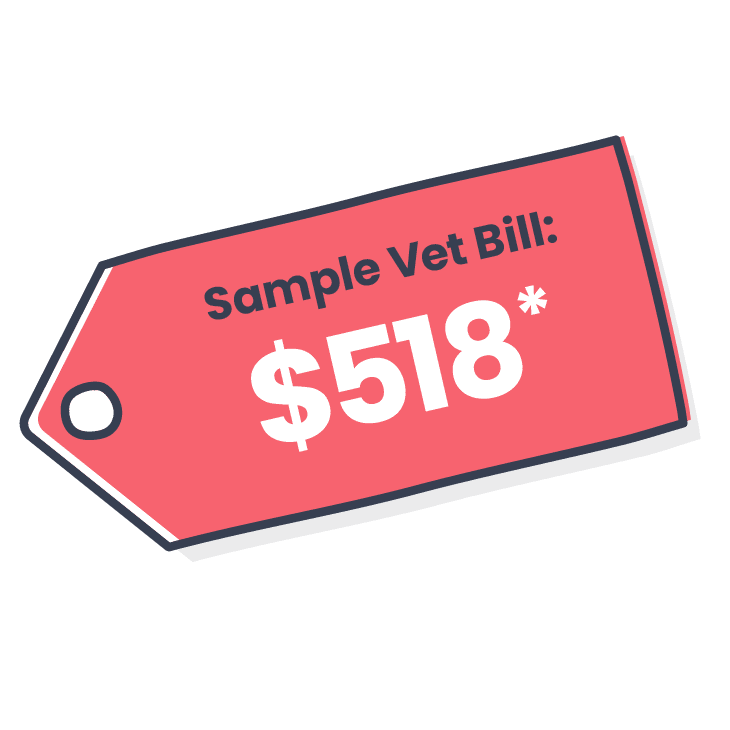
Believe it or not, a broken toenail can absolutely warrant a vet visit. Broken, cracked, or torn nails can be extremely painful for dogs, especially if the injury interferes with the quick – a collection of blood vessels in your pup’s paws. It’s important to trim your dog’s nails regularly to avoid snagging and cracking, and don’t forget about that dew claw!
If your dog’s nail is bleeding profusely, you can try using styptic powder (a powder that helps clot blood and stop bleeding) and wrap it in a towel to control the bleeding until you get to the vet’s office. If you see a piece of the nail hanging off, let the vet take care of removal and cleaning to avoid infection.
How to spot the signs:
- Dog’s nail is cracked, loosely attached, or broken off
- Bleeding
- Limping
- Whining
How to help prevent it:
- Practice extreme caution when trimming your dog’s nails (avoid hitting the quick!)
- Make sure your dog’s nails are trimmed to a reasonable length to avoid snagging and cracking
10. Unexplained skin wounds or irritations
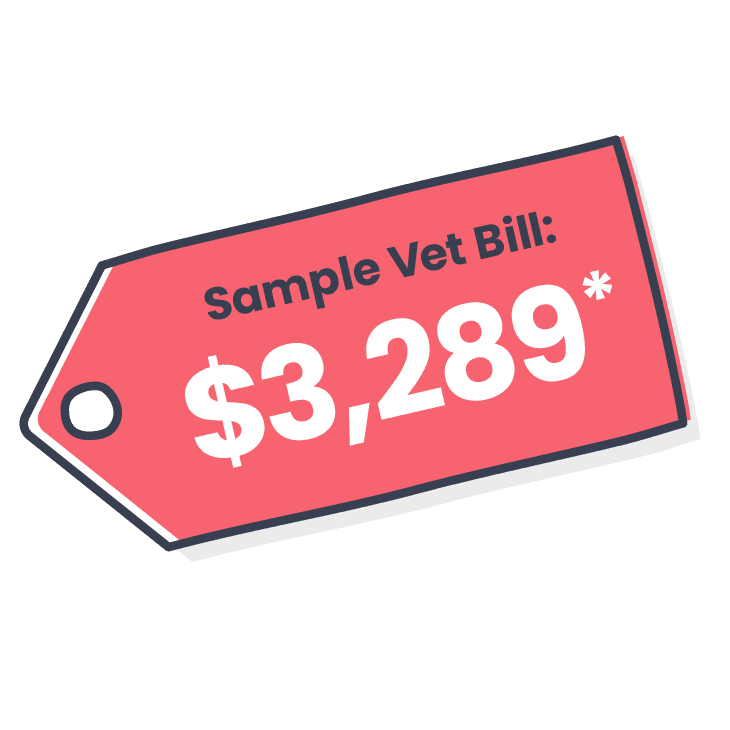
Last but certainly not least on our list are skin wounds and irritations. Unlike bite wounds which have a clear cause, these unspecified skin wounds and irritations can be a bit of a mystery. Whether you notice a lesion on your pup’s skin or incessant itching of a certain area, skin wounds and irritations can appear in many forms.
Whether your pup’s skin wound or irritation is a result of outside invaders like fleas and ticks or a scrape from a thorny fence, there are many possibilities, with lots of overlap in symptoms. This is exactly why bringing your puppy to the vet is the best way to get to the bottom of it and provide relief fast. Don’t try to do the problem-solving on your own as this may lead to infection. Treatment can range from topical ointments and wound dressing to special supplements or oral medications.
How to spot the signs:
- Excessive itching, biting, or licking
- Redness or swelling
- Dry, flaky, or scaly skin
- Bumps
- Sores or lesions
- Rashes
- Hair loss
- Hotspots
How to help prevent it:
- Keep up with a regular dog grooming routine and only use pet-safe products
- Maintain a healthy diet
- Keep up with parasite screenings and preventive medications
- Consider possible environmental or food allergies
- Keep any hazardous chemicals or skin irritants out of your pup’s reach
And there you have it – the top ten most common puppy accidents we see. While we’ve laid these out as individual accidents, it’s important to note that many of these go hand-in-hand. For example, a toe fracture may be accompanied by a fractured toenail, and a swallowed object may also result in poisoning, which can increase the cost of vet bills.
While we can’t break down all of the possibilities, the most important thing to take away is that puppies get into serious accidents more often than you think. If you’re a new puppy parent, consider getting help protecting your fur baby with pet insurance. Not only can it help cover the eligible cost of unexpected accidents and illnesses, but also help give you peace of mind as you adventure through life with your pup.
DISCLOSURE
